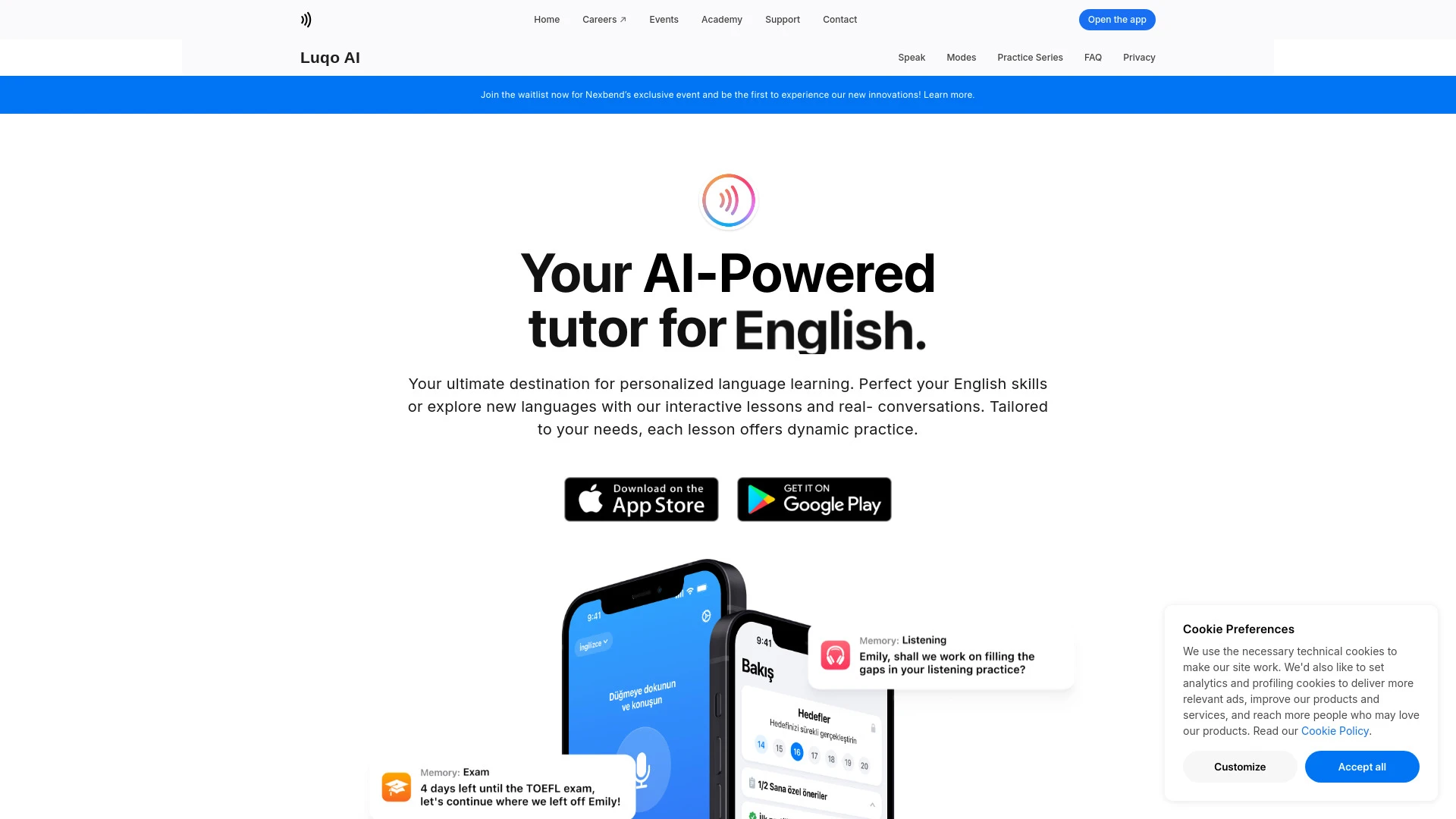Translate
AI-driven translation enhances communication by automating language translation with tools like Google Translate and DeepL. These systems leverage neural networks to contextualize and refine translations, improving accuracy. Benefits include real-time communication and global accessibility. However, challenges persist, such as idiomatic nuances, cultural context, and potential bias in translated content.
Core Features
Multilingual support
Real-time translation
Context-aware translations
Voice input and output
Integration with other applications
User-friendly interface
Use Cases
Real-time language translation for communication
Document and website localization to meet regional language needs
Voice-to-text translation for accessibility features
Cross-border e-commerce support for product listings
Multilingual customer support chatbots
Translation of multimedia content like videos and podcasts
Most Helpful AI's
Best Fit Jobs For Translate
Primary Tasks For Translate
| # | Task | Popularity | Impact | Follow |
|---|---|---|---|---|
| 1 |
🌐
Text translation |
0% Popular
|
87%
|
|
| 2 |
🗣️➡️📝
Speech to text |
50% Popular
|
87%
|
|
| 3 |
🔊
Text to speech |
50% Popular
|
87%
|
|
| 4 |
🎤🎧📝
Audio transcription |
0% Popular
|
87%
|
|
| 5 |
✍️
Text rewriting |
0% Popular
|
87%
|
|
| 6 |
🤖✨
Text humanization |
50% Popular
|
78%
|
|
| 7 |
📚🌍✨
Language learning |
50% Popular
|
87%
|
|
| 8 |
📚✉️✨
English communication improvement |
0% Popular
|
76%
|
|
| 9 |
🇯🇵📚
Japanese lessons |
0% Popular
|
76%
|
|
| 10 |
📝✨
Text summarization |
0% Popular
|
87%
|
|
| 11 |
📚
English lessons |
0% Popular
|
78%
|
|
| 12 |
👨💻
Coding |
0% Popular
|
82%
|
|
| 13 |
💻
Coding assistance |
0% Popular
|
87%
|
|
| 14 |
📚
Vocabulary improvement |
0% Popular
|
74%
|
|
| 15 |
😄
Emojis |
0% Popular
|
78%
|






